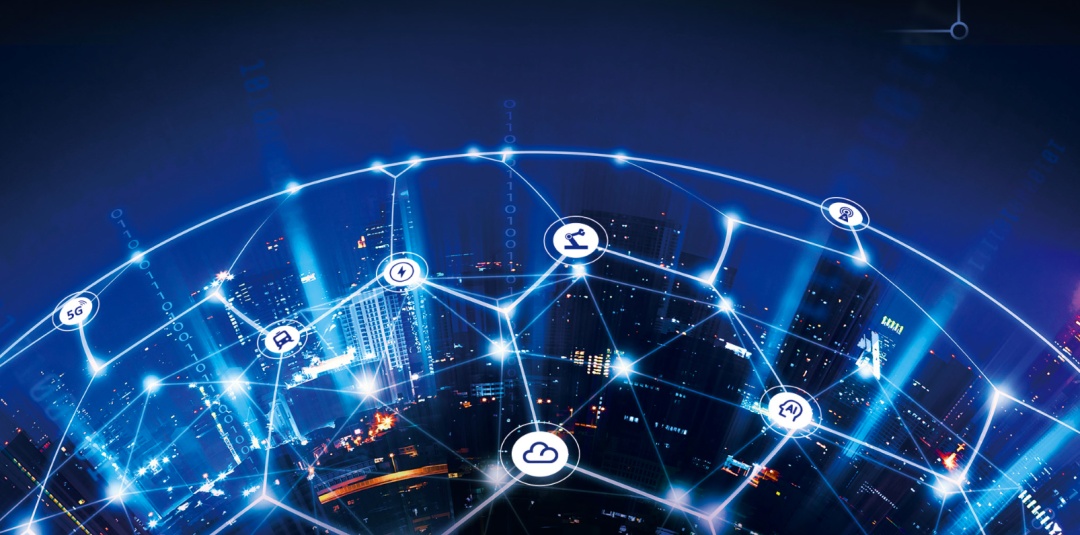How AI Shapes Blockchain and Web3 Infrastructure
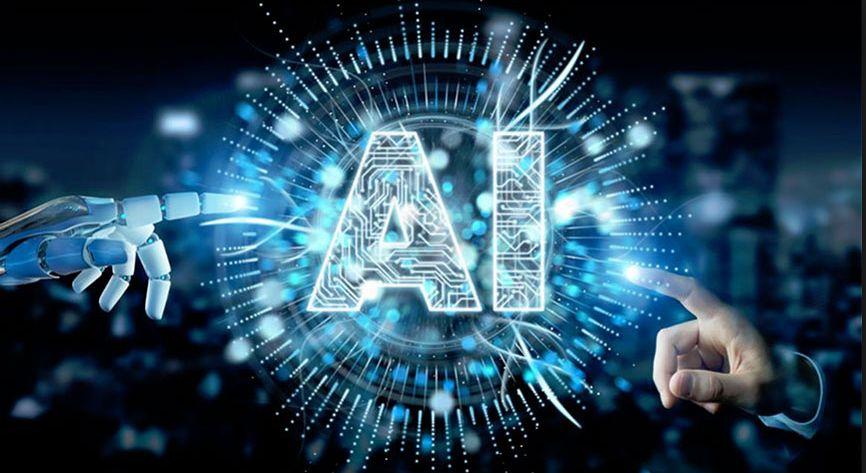
The technological world is constantly evolving, and the two outstanding innovations of artificial intelligence (AI) and blockchain have become the driving forces behind the transformation of the Web 3 ecosystem. Both artificial intelligence and blockchain have the potential to independently revolutionize various industries, but when they are combined, they open up a new field of possibilities that can reshape Web3 infrastructure.
Web3, also known as decentralized networks, embodies the principles of transparency, decentralization, and user sovereignty. By integrating artificial intelligence into the Web3 ecosystem, we can leverage the power of intelligent decision-making and secure data management to pave the way for a new generation of applications that will benefit from increased productivity and enhanced security.
The Integration of Artificial Intelligence and Blockchain
When we talk about AI (Artificial Intelligence) and blockchain, we have two powerful technologies with unique advantages. Artificial intelligence excels at processing large amounts of data, finding patterns, and using complex neural networks for prediction. On the other hand, blockchain is used as a transparent and secure online business approach, ensuring that data cannot be changed and that people can trust each other.
When we combine artificial intelligence and blockchain, we create an intelligent system that can make decisions independently using unchangeable data. This is very useful in many fields, such as creating new business methods, improving work efficiency, and securely exchanging data. Intelligent contracts using artificial intelligence can help businesses make decisions and agreements without the need for intermediaries, making processes faster and more trustworthy.
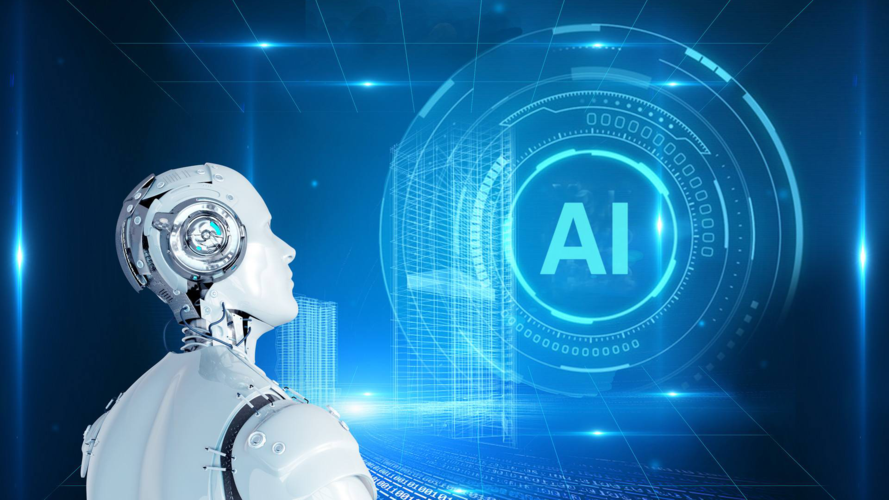
Why is artificial intelligence introduced into the Web 3 ecosystem?
Artificial intelligence in Web3 introduces a transformative shift from centralized control to individual empowerment. Unlike large technology companies in the past that used artificial intelligence for profit, Web3's artificial intelligence can be personalized based on the unique knowledge and experience of its creators. This enables artificial intelligence models to serve all users, not just a few privileged users.
A significant impact of artificial intelligence in this field is how it helps achieve consensus mechanisms. Traditional blockchains, such as Bitcoin, consume a large amount of energy. But artificial intelligence algorithms enable us to create more environmentally friendly ways to reach agreements (PoS and DPoS). Artificial intelligence can help improve the scalability of blockchain networks. By predicting transaction patterns and better processing them, artificial intelligence makes the Web3 platform faster and cheaper for users. This means that everyone's transactions will be smoother and more affordable.
Personalization driven by artificial intelligence can enhance user experience and promote active participation, create a collaborative network, and transfer power from the platform to personnel. This decentralized approach brings new opportunities for creators and their communities to make the Web3 ecosystem more sustainable and bring rewards to everyone.
How can AI make Web 3 processes more intelligent and secure?
Artificial intelligence in Web3 brings intelligence to different layers of the Web3 ecosystem. Artificial intelligence will cover all aspects of Web3 technology, providing insights driven by artificial intelligence.
Let's take a look at the many exciting use cases with transformative potential in the Web 3 ecosystem.
1. Intelligent blockchain:
In the current blockchain platform, the focus is on decentralized financial transactions. However, the next generation of first and second layer blockchains will include AI driven functionality. Blockchain runtime can use machine learning prediction to create scalable consensus protocols and add security measures to prevent fraud and attacks. Artificial intelligence will improve the overall performance and efficiency of blockchain networks.
2. Improved smart contract development:
The ability of GPT-4 to identify smart contract vulnerabilities has been recognized. Artificial intelligence agents like GitHub Copilot further influence the development of smart contracts by generating code based on developer comments.
However, the quality of training data and potential lag in updates have raised concerns about security vulnerabilities. Ensuring real-time data access and promoting a deeper understanding of the code generated by artificial intelligence models can reduce risks and improve the overall quality of smart contract development.
However, some innovative Web3 companies have already utilized artificial intelligence technology to strengthen their development. For example, Spheron Network's SpheronGPT utilizes ChatGPT 3.5 Turbo, demonstrating enormous potential to address these challenges and further improve coding quality and security within the Web3 ecosystem.
3. Intelligent NFT creation:
Decentralized applications (DApps) in Web3 will also benefit from the intelligence of AI. NFT has demonstrated this trend, shifting from static images to artificial products with intelligent behavior. In the future, NFT can adjust its behavior based on the preferences of its owners, making it more interactive and personalized.
4. Data analysis driven by artificial intelligence:
Artificial intelligence can play a crucial role in data analysis in the Web3 ecosystem. As blockchain networks generate a large amount of data, artificial intelligence driven analysis can extract valuable insights, identify patterns, and make data-driven decisions.
5. Decentralized governance driven by artificial intelligence:
Web3 introduces a decentralized governance model that allows community members to have a say in the decision-making process. Artificial intelligence can be integrated into these governance mechanisms to promote consensus, analyze proposals, and predict potential outcomes.
6. Artificial intelligence and autonomous agents:
Autonomous agents driven by artificial intelligence have emerged in Web3, supporting automated and intelligent interactions between users and DApps. For example, chatbots driven by artificial intelligence can handle user queries, provide customer support, and automate tasks, thereby enhancing the user experience and simplifying DApp operations.
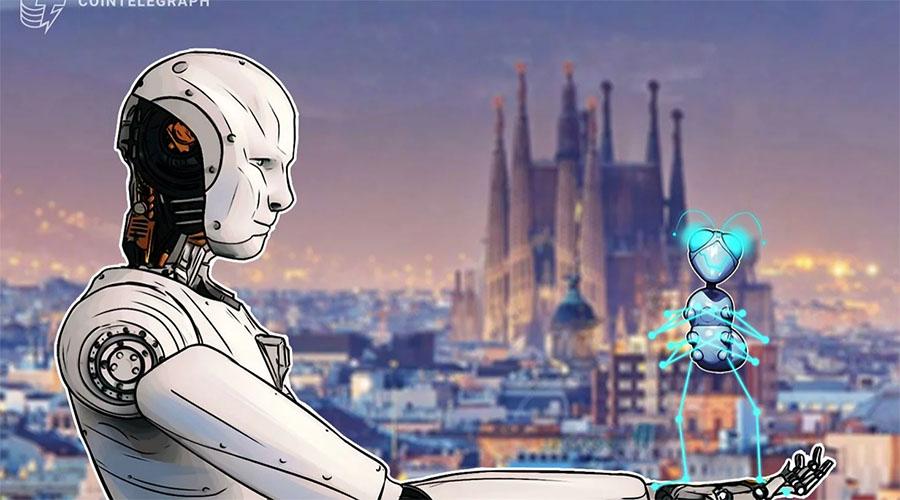
Web 3 not only embraces artificial intelligence technology, but also solves the challenges driven by artificial intelligence
Artificial intelligence helps Web3 enhance its processes and efficiency, while Web3 provides solutions to the challenges posed by AI generated content. The collaboration between AI and Web3 is creating a more inclusive, trustworthy, and secure digital environment. By learning from each other's strengths and weaknesses, AI and Web3 are working together to solve problems, paving the way for a promising future that responsibly leverages the benefits of AI and effectively mitigates potential drawbacks.
1. Verify authenticity:
The decentralized nature of Web3 helps combat fake news and content generated by artificial intelligence. Storing metadata and source information on tamper resistant blockchain ledgers ensures the authenticity of news articles and other content. Fact verification organizations and AI driven tools can collaborate within the Web3 ecosystem to validate information and maintain a reliable information ecosystem.
2. Ensure transparency:
Web3 makes the content generated by artificial intelligence transparent, enabling users to identify the source and origin of information. With the help of blockchain based reputation systems, individuals can reduce the impact of trust collapse caused by content generated by artificial intelligence. The Web3 platform can improve media literacy, educate users to evaluate content, and critically distinguish between artificial intelligence generated fabricated information and real information.
3. Cultivate ethical artificial intelligence:
Web3's transparent and decentralized infrastructure has created opportunities for the development of ethical artificial intelligence. Blockchain technology can promote the creation of auditable artificial intelligence models, ensure accountability, and prevent malicious use. The Web3 platform can promote ethical standards for AI generated content, addressing concerns about comprehensive relationships and the spread of false ideologies.
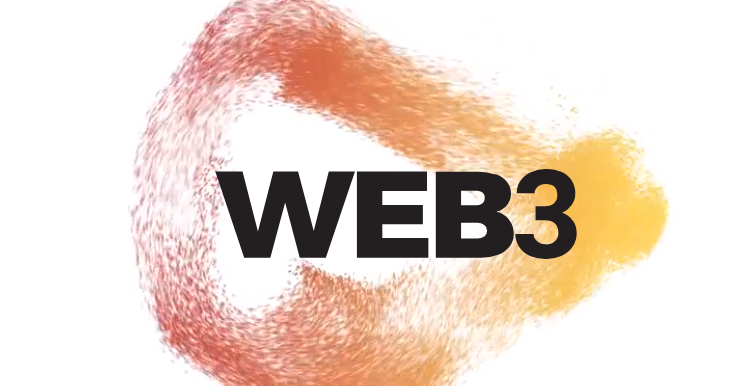
conclusion
The collaboration between AI and Web3 has shown us how technology works together to benefit everyone. The combination of AI and Web3 can change industries, empower humans, and lead us into a smarter, more open, and safer digital world. When we embrace the decentralized and user controlled infrastructure value of Web3, we can create a digital world that encourages creativity and innovation, provides new methods to combat fake news, improves transparency, and even responsibly ensures the challenge of handling AI generated content.
Web3 is expected to bring a brighter future in the digital age. Responsible adoption of these transformative technologies will be key to achieving full benefits and fostering a more inclusive and decentralized digital environment.
 中文
中文
 English
English


